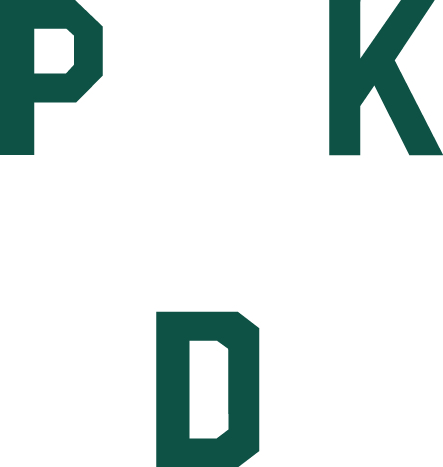Eyebeam Project Resident 2016
On Design was a series of experimental Eyebeam projects and talks focused on the most exciting emergent practices in design. On Design drew on Eyebeam’s expertise and resources in fabrication methods, materials, and processes to inspire future collaborations across the art, design, and technology communities.
Designers in this initiative received a Project Residency—a focused and intensive, short residency including studio space, financial support, and fabrication expertise—and presented the results of their time at Eyebeam in a public forum.
Eyebeam selected Patrick Kim, a product designer who experiments with traditional craft methods and materials to create functional art objects, as the initial participant in this initiative. Eyebeam chose Patrick’s work based on his creative approach towards material use, fabrication method, and his openness to experimental techniques.
During the Residency, Patrick created a new series of work incorporating Eyebeam digital fabrication machinery including:
- ProJet 460 Plus Color 3D Printer
- FormLabs Form +1 3D Printer
- MakerBot Replicator 2 3D Printer
- MakerBot Replicator Z18 3D Printer
- Universal 660 Laser Cutter
- Modela MDX-40A CNC Milling Machine
Patrick’s experimental fabrication process was live-streamed in 360-degree video every weekday from 2-5 pm Eastern from July 7 to July 14, 2016. Online viewers were invited to follow Patrick’s process, ask questions and interact with his design iterations throughout Eyebeam’s live-streaming sessions.
“We want to see how Patrick will incorporate Eyebeam’s digital fabrication technology into his design process and how these digital tools will inform his ‘traditional craft’ practice,” Billy Dang, Former Creative Technology Manager at Eyebeam, explained.
Design projects figure prominently in Eyebeam’s history of supporting aesthetic and technological practice. Recent examples include the installation of Richard The and Frederic Eyl, featured in the exhibition To Scale, which used microscopic printing technology and algorithmic intelligence, to create a physical image of seemingly “infinite resolution.”
